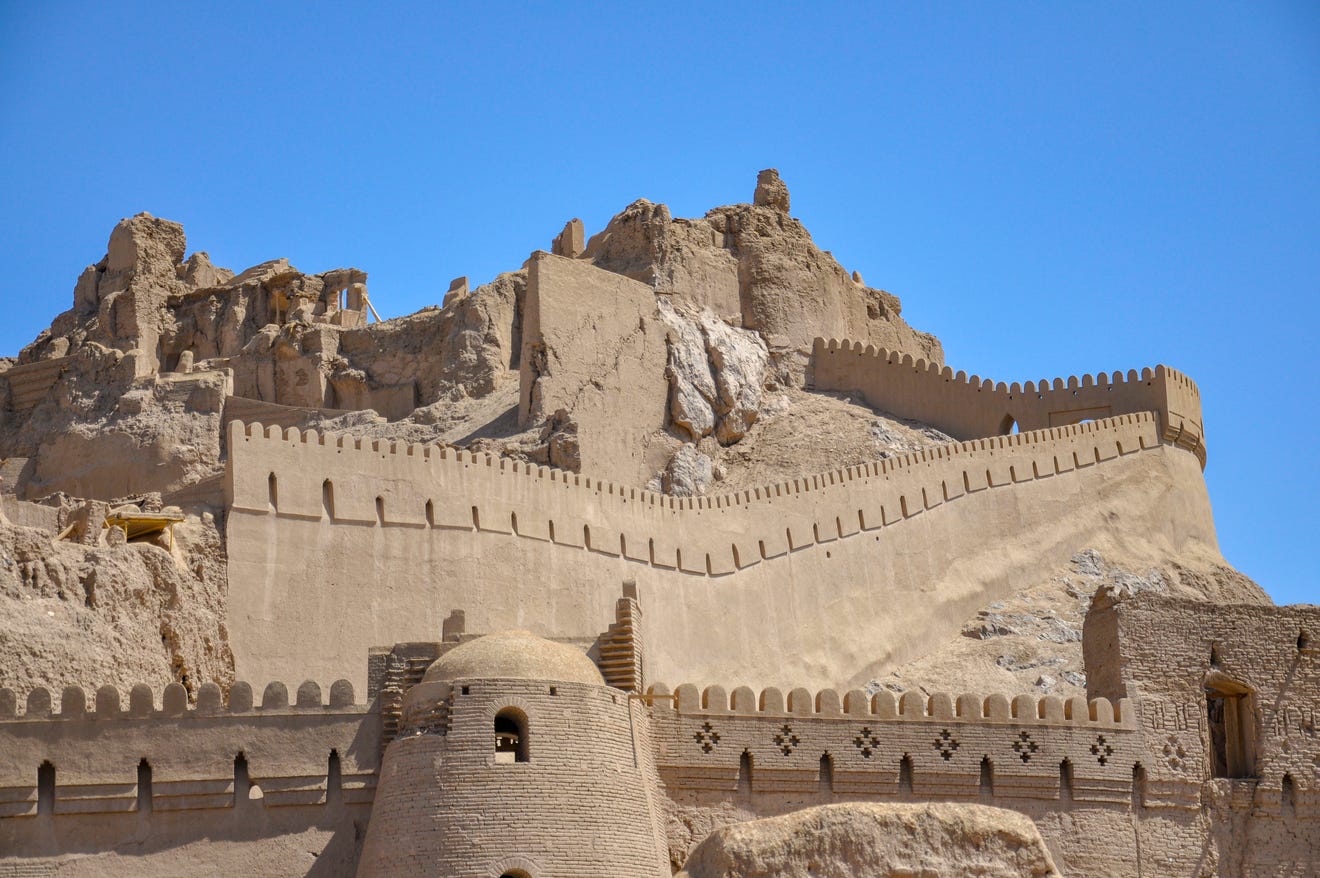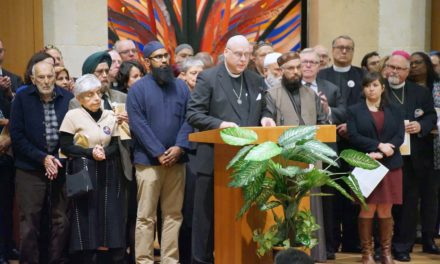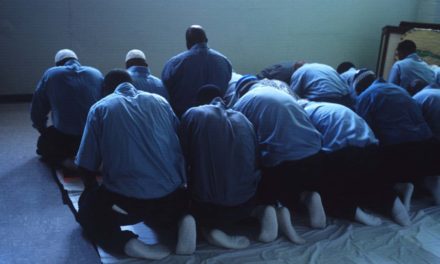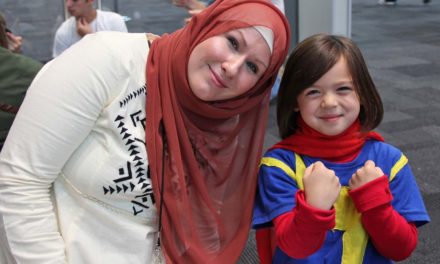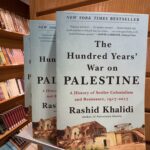Photo
Luigi Darrauto, Getty Images/iStockphoto
“Bam and its Cultural Landscape represents an outstanding example of an ancient fortified settlement that developed around the Iranian central plateau and is an exceptional testimony to the development of a trading settlement in the desert environment of the Central Asian region,” according to UNESCO. Dating back to the Achaemenid period in the sixth to fourth centuries B.C., the site later became a crossroads for trade routes and silk and cotton garment production.
Home to some of the oldest continuous civilizations on the planet, Iran has some of the richest historical and cultural sites on the planet. Some of its active settlements and cities date back to 7000 BCE and its current governmental configuration under the name of Persia since 550 BCE and had its official name changed in the 1930s. That makes some of its settlements thousands of years older than China’s first dynasty and even in its current configuration can easily be pegged as one of the oldest countries on the planet.
As happens with anything that exists for that long, Iran has seen its people, their worship and everything around them shift time and again. There are archaeological sites from the Middle Paleolithic era with Neandertal tools, rock art and various cultural artifacts dating to around 100,000 years ago. Other archaeological sites in the country give us glimpses into the Neolithic and Bronze Ages.
The most complete and well-preserved Ziggurat in the world is believed to be Chogha Zanbil, an ancient Elamite structure, and one of the few located outside of ancient Mesopotamia. It has long been known to be one of the most artifact-rich archaeological sites in the Middle East and has been a site of major archaeological study into life during the Bronze Age. In fact, most of the major developmental Ages on the planet have been documented in some site or another in the country of Iran.
It isn’t simply the technology and history that these sites exemplify. Despite the plundering and raising of the city of Persepolis by Alexander the Great, the ruins still stood as one of the first to stand as a testament to a respect for differing ethnicities and an understanding of cultural diversity, with evidence of numerous peoples easily identifiable within the ruins of a once extremely viable and vibrant city. It stood as proof that we could stand and work together toward the future.
It should therefore come as little to no shock that UNESCO has declared 22 sites within the country as world heritage sites, the loss of which would cause irreparable damage to humanity itself. These sites help to not only show us here we have come from but also where we might be going. As previously stated, these sites give us insight into not only the daily lives and struggles of ancient peoples but also into their hopes, dreams, aspirations, and identities. The destruction of such sites punishes ourselves as much as it does anyone else, maybe more so, seeing as to do so requires us to willingly give up part of our being in order to hurt another. We’ve already lost so much in the region due to severe and volatile unrest. Let’s not allow ourselves to act in haste and lose any more than we already have.
